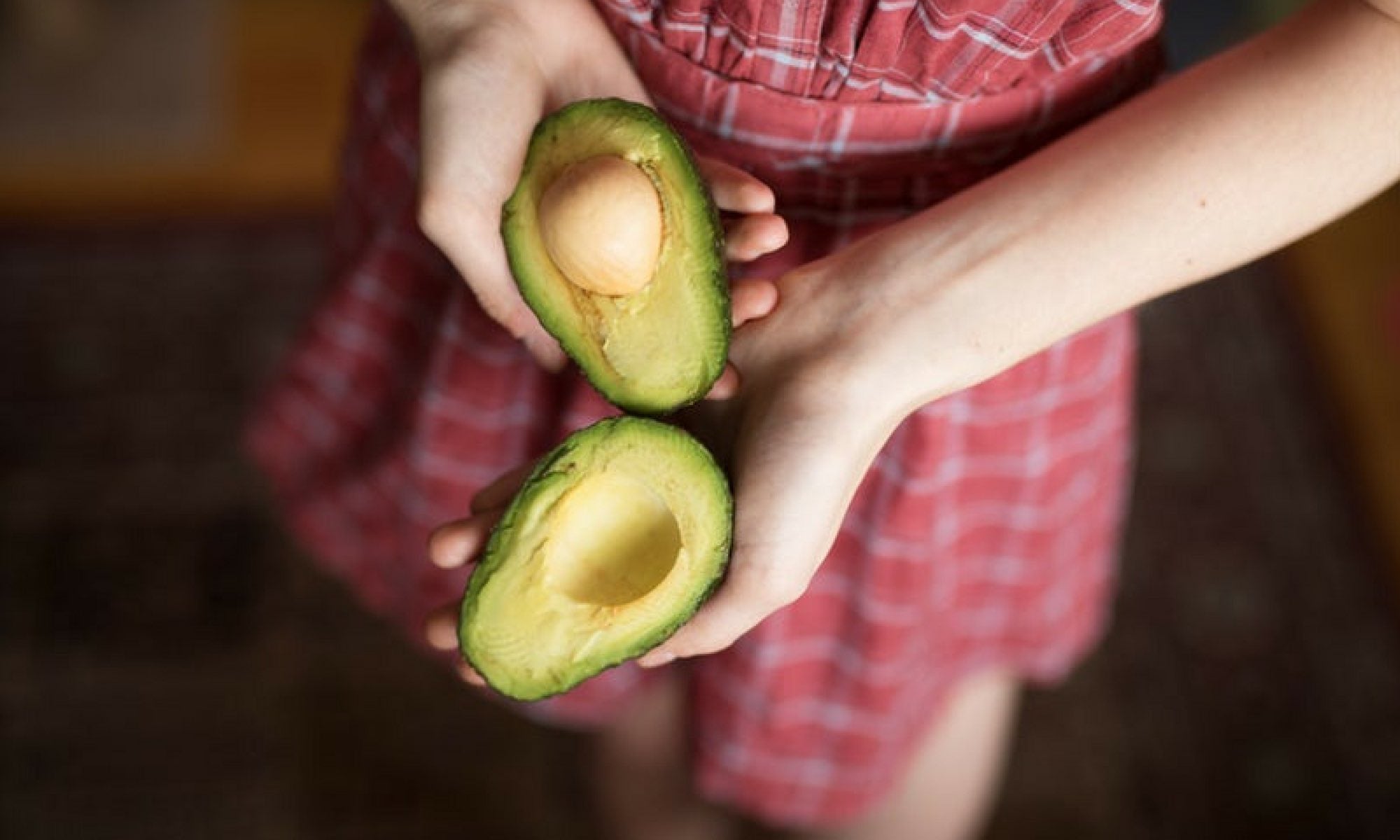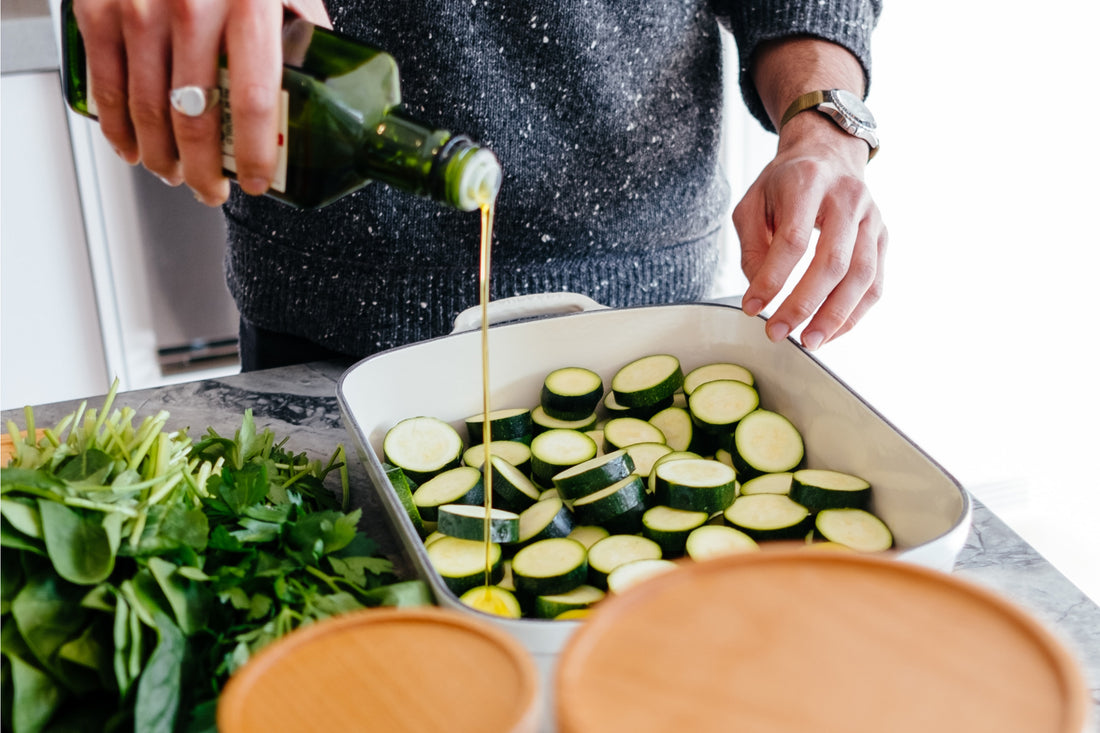Cambiar a una dieta más alcalina puede tener un impacto enormemente positivo en su salud. ¿Ya tiene una salud relativamente buena pero desea mejorar su alimentación y disfrutar de un bienestar óptimo? ¿O tiene problemas de salud y se siente motivado a ayudarse prestando más atención a los alimentos que ingiere?
Los estudios han demostrado que aumentar su nivel alcalino puede aumentar los niveles de hormonas y minerales que le permiten metabolizar los nutrientes de manera efectiva e incluso mejorar el funcionamiento de su cuerpo frente a enfermedades crónicas .
Pero muchas personas no saben cuánto mejor podrían sentirse si equilibraran los niveles de acidez y alcalinidad de sus cuerpos. De hecho, un pH saludable (la medida que muestra cuán ácido o alcalino es algo) es vital para la salud general. El pH se mide en una escala de 0 a 14, donde 0 es muy ácido y 14 es muy alcalino.
Un pH saludable protege contra enfermedades que se desarrollan fácilmente en un ambiente ácido. Los hongos, el moho y las bacterias prosperan en un cuerpo ácido, pero usted puede hacer que su propio cuerpo sea más alcalino si consume un porcentaje mayor de alimentos que producen alcalinidad que alimentos que producen acidez.
Es importante tener en cuenta que algunos alimentos que se consideran ácidos antes de consumirlos, en realidad producen alcalinidad una vez que están en el cuerpo. Por ejemplo, contrariamente a la creencia popular, los limones son unos productores de alcalinidad increíblemente fuertes. ¿Quién lo hubiera pensado?
El gurú de la dieta alcalina, el Dr. Sebi, recomienda que la dieta se componga de un 70 % de alimentos alcalinos y el 30 % restante de una combinación de alimentos ácidos y de pH neutro. ¿Qué significa eso realmente? ¿Qué comerás realmente?
Bueno, muchas frutas y verduras hermosas, coloridas y ricas en vitaminas y fibra. El brócoli, las judías verdes y la batata se encuentran entre las verduras más alcalinas, mientras que el aguacate, el limón y el pomelo encabezan la lista de frutas. Los cereales integrales, las legumbres, los frutos secos y las semillas, algunos aceites (incluidos el de coco, lino y aguacate) también son alimentos imprescindibles. Y una combinación de leches de frutos secos, agua alcalina e infusiones de hierbas son opciones alcalinas para mantenerse hidratado.
A medida que aumenta la ingesta de estos alimentos, también reducirá el consumo de azúcar, carne, lácteos, alcohol, cereales refinados y cafeína.
Si esto le parece desalentador, no se preocupe. Hemos preparado una selección de comidas y refrigerios alcalinos fáciles de preparar para que pueda comenzar.
Te proponemos el reto de aumentar tu ingesta de alcalinidad incluyendo una de nuestras deliciosas y sencillas recetas en tu dieta cada día durante la próxima semana. Al final de los siete días, habrás probado (¡y saboreado!) siete recetas y habrás experimentado la sensación de mayor bienestar que se produce al ajustar tu pH.
Día 1: Avena durante la noche
La avena preparada durante la noche es una forma deliciosa de tomar un desayuno alcalino. Y es muy fácil: con diez minutos de preparación la noche anterior, puedes abrir el refrigerador, tomar una cuchara y desayunar sin ningún esfuerzo por la mañana.

¿Cómo? Vierte 1/2 taza de avena (por persona) en un frasco o recipiente de plástico. La avena que se deja reposar durante la noche se puede conservar durante 3 días en el refrigerador, por lo que puedes triplicar la cantidad para cubrir tres desayunos. Agrega una cucharada de semillas de lino molidas y una pizca de semillas de calabaza, y fruta de tu elección: plátanos, manzana rallada y dátiles picados funcionan bien.
Cubre con una taza de leche de almendras, coco o avena. La avena absorberá la leche durante toda la noche. Pon la tapa y guarda el recipiente en el refrigerador. ¡Luego puedes irte a dormir!
Por la mañana, puedes añadir bayas frescas o yogur de coco para darle más sabor y cremosidad, o comerlo así. Si la avena está demasiado seca para tu gusto, añade más leche o un chorrito de agua alcalina.
Día 2: Coliflor asada
Las verduras asadas son deliciosamente abundantes y perfectas para una velada acogedora en casa.

¿Cómo? Corte una coliflor entera en ramilletes grandes y colóquela en una bandeja para hornear. Agregue cebollas rojas cortadas en rodajas finas, ajo picado y judías verdes, luego tofu o pollo cortado en cubitos para obtener proteínas. Rocíe con aceite de coco o de oliva y agregue una pizca de sal y pimienta.
Ase a fuego medio-alto durante 35 a 45 minutos, moviéndolos de vez en cuando con una espátula para asegurarse de que todas las verduras se cocinen de manera uniforme.
Día 3: Batido verde alcalino
Los batidos verdes son una forma rápida y nutritiva de agregar alcalinidad incluso a los días más ocupados.

¿Cómo? Llena el vaso de tu licuadora con 1/2 taza de leche (de almendras, avena o coco); una cucharadita de espirulina en polvo; 1 taza de espinacas bien compactas; 1 aguacate pequeño, pelado y sin hueso; el jugo de medio limón; una pizca de sal y 2 cubitos de hielo. Si prefieres un toque dulce, agrega el jugo de 1 manzana.
¡Y licúa hasta que quede suave!
Si su batido es demasiado espeso para su gusto, agregue un chorrito de agua de su botella de agua DLYN Living .
Día 4: Snack de dátiles rellenos
Si necesitas un tentempié dulce para controlar el bajón de energía de la tarde, no estás solo. Pero no tienes por qué recurrir a la alacena de dulces. Los dátiles y las almendras son excelentes complementos para una dieta alcalina y puedes llevarlos contigo a donde quiera que vayas.

¿Cómo? Consigue dátiles medjool de buena calidad: deben ser grandes, oscuros y jugosos. Quítales el hueso y pon almendras enteras en su lugar. Guarda los dátiles rellenos de almendras en un pequeño recipiente de plástico en tu bolso para que te hagan agua la boca.
Día 5: Ensalada de aguacate, nueces y limón
No hay forma de negar que una buena ensalada puede hacer que un día pase de normal a maravilloso (no es un hecho científico, pero sabemos que sabes a qué nos referimos). Esta ensalada combina algunos de los ingredientes alcalinos más potentes para hacerte sentir bien de adentro hacia afuera.

¿Cómo? Coloque 2 tazas de col rizada bien compactas en una cacerola con 2,5 cm de agua hirviendo, cúbrala con una tapa y cocínela al vapor a fuego lento durante 5 a 8 minutos. Mientras tanto, coloque 1/2 cucharada de aceite en una sartén y caliéntela suavemente antes de agregar las nueces y semillas de su elección (las almendras en hojuelas, las nueces y las semillas de calabaza son buenas opciones).
Vigila que las nueces se tuesten y agita la sartén de vez en cuando mientras rallas 1 zanahoria y 1/2 calabacín en un bol. Cuando las nueces empiecen a dorarse, retíralas del fuego y colócalas sobre una hoja de papel de cocina doblada para que absorba el exceso de aceite.
Cortar un aguacate en rodajas y echarlo en el bol junto con la zanahoria rallada y el calabacín; después añadir la col rizada ablandada y escurrida, las nueces tostadas y el zumo de medio limón. Rociar con aceite de oliva o de aguacate y, por último, añadir una pizca de sal y pimienta al gusto.
Sirva con arroz integral o quinua al costado (opcional).
Día 6: Sopa de batata
La batata es la verdura de raíz perfecta para preparar una sopa alcalina saludable.

¿Cómo? Pela y corta en dados grandes 3 batatas y colócalas en una cacerola, luego cúbrelas con agua. Llévalas a ebullición y luego baja un poco el fuego, agrega una tapa y cocina hasta que estén tiernas.
Mientras tanto, sofreír 3 dientes de ajo y media cebolla hasta que se ablanden.
Poner la batata cocida en una licuadora con lo que quede del agua y agregar el ajo y la cebolla. Luego agregar un trozo de jengibre crudo del tamaño de una uña; media cucharadita de canela en polvo y media cucharadita de cardamomo en polvo.
Licue a velocidad media-baja hasta que quede suave.
Vuelva a colocarlo en la cacerola y cocínelo a fuego lento durante 10 minutos. Agregue una lata de leche de coco para lograr una consistencia cremosa, si lo desea, y luego salpimente a gusto.
Día 7: Pasta de espelta con pesto
La espelta es una fantástica alternativa alcalina al trigo refinado que no te dejará con una sensación de pesadez ni cansancio. Puedes comprar pasta de espelta en la mayoría de los supermercados y en cualquier tienda de alimentos naturales.

¿Cómo? Cocina la pasta de espelta según las instrucciones del paquete. Mientras tanto, prepara tu pesto casero fácil: coloca un buen puñado de albahaca en una licuadora, junto con un diente de ajo, un puñado de piñones y una generosa pizca de parmesano vegano.
Cuando la licuadora esté en funcionamiento, agrega lentamente el aceite de oliva hasta lograr una consistencia cremosa y agrega sal y pimienta a gusto. Puedes hacer este pesto en cantidades más grandes y conservarlo en el refrigerador hasta por cinco días.
Mezcla el pesto con la pasta y añade espárragos o brócoli al vapor como acompañamiento.
Una cosa más
Esperamos que disfrutes de estas recetas y aproveches los beneficios de una alimentación alcalina. Esto es solo el comienzo: estas recetas son la base para una alimentación alcalina y para controlar tu pH.
Queremos añadir un consejo más que puede ayudarte a empezar el día sintiéndote limpio y en equilibrio. ¡Agua con limón! En lugar de té o café, haz que tu primera bebida del día sea una taza de agua caliente con el zumo de medio limón. Puedes añadir miel para endulzarlo si lo prefieres.
Aliméntate todos los días. Te sentirás mejor por ello.






